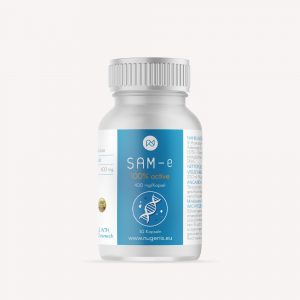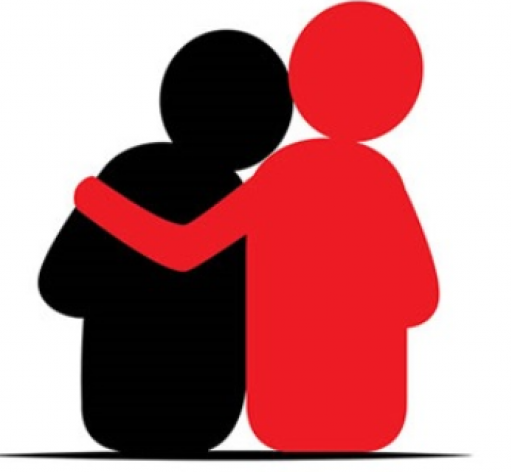
Epigenetic Divergence in Twins: How Identical Genomes Create Different LivesLessons from Twins
Lessons from Twins
Twins are nature’s mirror—a living experiment in sameness and divergence. Identical twins begin as one fertilized egg, one shared genome, one biological text duplicated in perfect sequence. Yet as life unfolds, the two copies drift apart. Their laughter may echo the same rhythm, but their biology begins to hum in different keys. What starts as genetic identity becomes an epigenetic conversation: two versions of the same story, annotated by experience.
Epigenetic Divergence: From One Genome to Two Lives
From the perspective of epigenetics, twins embody the dialogue between the Ich-world, the We-world, and the Umwelt. The Ich-world—the inner realm of perception and feeling—interprets the shared environment differently in each twin. The We-world—the relational field of family, peers, and culture—feeds each sibling with distinct emotional and social nutrients. And the Umwelt—the wider world of context and circumstance—exposes them to unique constellations of light, food, stress, and meaning. These worlds bias which genes are read, when, and how strongly.
In early childhood, identical twins can appear almost indistinguishable. Their DNA methylation patterns are highly similar; their gene expression nearly superimposed. But over time, differences emerge—at first subtle, then unmistakable. Across adulthood, lifestyles, diets, toxins, sleep, and stress rhythms accumulate into distinct epigenetic annotations. The longer the life, the more marginalia the genome collects.
Discordant Disease: When Only One Twin Falls Ill
Epigenetic divergence helps explain why one monozygotic twin may develop disease while the other remains healthy. In autoimmune disorders, discordant twins often show differing methylation at immune-regulatory genes—echoes of infections, inflammation, or chronic stress. In psychiatric conditions, differences in methylation across dopamine- and serotonin-related pathways can separate vulnerability from resilience.
Cancer follows the same grammar. Among identical twins, one may face malignancy while the other does not. The culprit is often not a new DNA mutation, but an epigenetic silencing of tumor suppressors or aberrant activation of oncogenes—patterns that correlate with tobacco exposure, diet, endocrine disruptors, or cumulative oxidative stress. Identical genomes, divergent epigenomes, distinct outcomes.
Epigenetic Drift and Biological Age
With age, methylation patterns lose precision—some promoters hypermethylate, others erode. This epigenetic drift is measurable as biological age via DNA methylation clocks. Twin studies repeatedly show that one twin’s tissues can appear years older epigenetically than the other’s, despite identical birthdays. These differences forecast morbidity and mortality more accurately than the calendar—capturing the wear of stress, sleep, inflammation, and metabolic load.
Social connection slows the clock. Twin cohorts who sustain strong bonds, share laughter, move their bodies, and sleep well tend to age more slowly epigenetically. Loneliness and chronic adversity, in contrast, tighten methylation at stress-response genes such as NR3C1 or FKBP5 and accelerate the tick of biological time.
Trauma, Resilience, and the Umwelt of Experience
Shared events do not leave identical biological signatures. Even when twins endure the same crisis, the meaning each assigns to that experience—shaped by prior attachment, narrative, and support—modulates its molecular echo. One twin integrates the event into a story of survival; the other remains haunted. Their methylation maps often reflect these psychological differences, reminding us that biology listens not only to events but to interpretation.
Resilience is likewise epigenetic. Trusting relationships, empathy, mindfulness, and movement can remodel stress pathways and reopen silenced genes. Through the resonance of the We-world and a healing Umwelt, the script of physiology can be revised. The same machinery that encodes suffering can encode recovery.
Closing Reflection: Freedom Within Constraint
Twins reveal the paradox at the heart of epigenetics. We are bound by sequence yet liberated by interpretation. Between the lines of our DNA, experience writes difference—line by line, mark by mark. What begins as one genome becomes two lives, each a distinct negotiation between self and other, possibility and choice. This is not biology as fate, but biology as narrative.
Eduard Rappold
Note: This information is provided for educational purposes only and does not replace professional medical advice. Always consult qualified healthcare professionals for medical concerns.
Copyright © Eduard Rappold 2025
http://nugenis.eu/shop
NUGENIS specializes in epigenetically active nutritional supplements.

